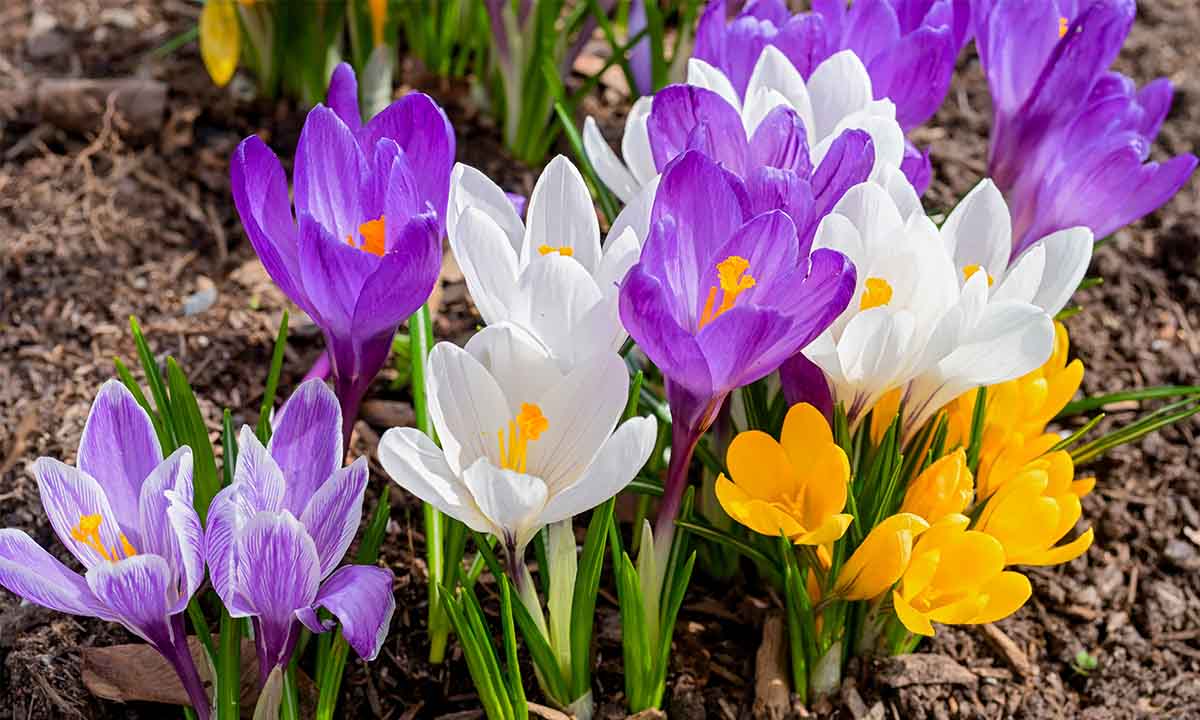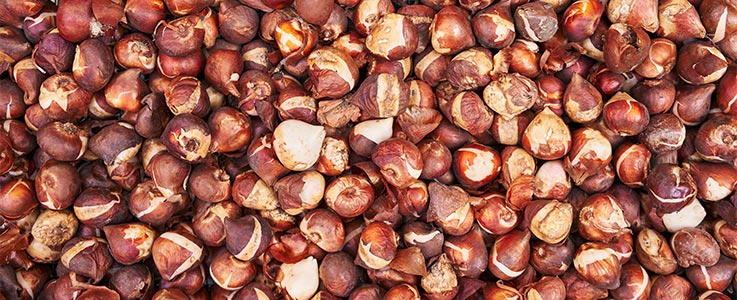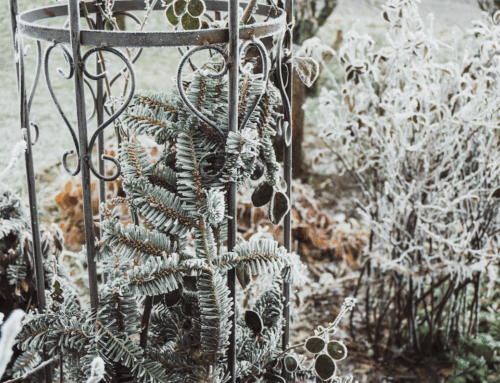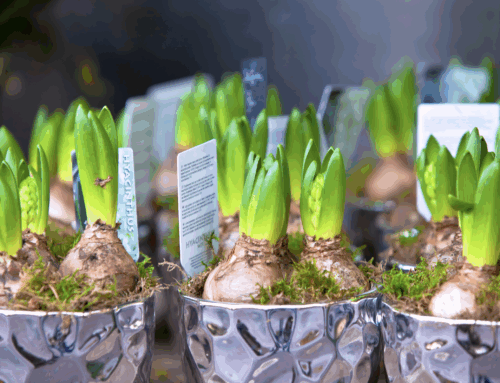It’s Time To Plant Spring Bulbs!
Whether you’re a seasoned gardener or a beginner, now is the perfect time to prepare your garden for a vibrant display of colour for next year. Here are some essential tips on how to plant your spring bulbs effectively.

Before you start planting, it’s crucial to choose the right bulbs for your garden. Popular options include tulips, daffodils, hyacinths and crocuses.
Our bulbs are high-quality from reputable suppliers to ensure healthy growth.
Preparing the Soil
The success of your spring bulbs largely depends on the soil in which they are planted. Start by selecting a well-draining location that receives adequate sunlight. Loamy soil is ideal, but if your soil is heavy clay or sandy, consider amending it with compost or bulb fibre to improve drainage and nutrient content.
- Clear the area. Remove any weeds, rocks or debris from the planting site.
- Loosen the soil. Use a garden fork or tiller to loosen the top layer of soil.
- Test pH Levels. Most spring bulbs prefer slightly acidic to neutral pH (6.0-7.0). You can test your soil using a simple pH kit available here at the garden centre.
Planting Depth and Spacing
When it comes to planting depth and spacing, different types of bulbs have specific requirements:
Tulips: plant 6-8 inches deep and space them about 4-6 inches apart.
Daffodils: these should be planted 6-8 inches deep with a spacing of 6-12 inches apart.
Hyacinths: plant these 4-6 inches deep and space them about 6 inches apart.
Crocuses: these can be planted about 3-4 inches deep with spacing of around 3-4 inches apart.
As a general rule, plant bulbs at a depth that is three times their height.
Watering and Care
After planting your bulbs, water them thoroughly to help settle the soil around them. However, avoid overwatering as this can lead to bulb rot. During dry spells in early spring, provide additional water if necessary.
Once your bulbs begin to sprout and bloom, continue caring for them by:
Fertilising: use a balanced fertiliser designed for flowering plants once new growth appears.
Mulching: apply a layer of mulch around the plants to retain moisture and surpress weeds.
Deadheading: remove spent flowers after blooming to encourage energy conservation in the bulb for next year’s growth.
With these tips in mind, you’re ready to plant your spring bulbs! Enjoy watching them grow into stunning displays that will brighten up your garden in the springtime.





